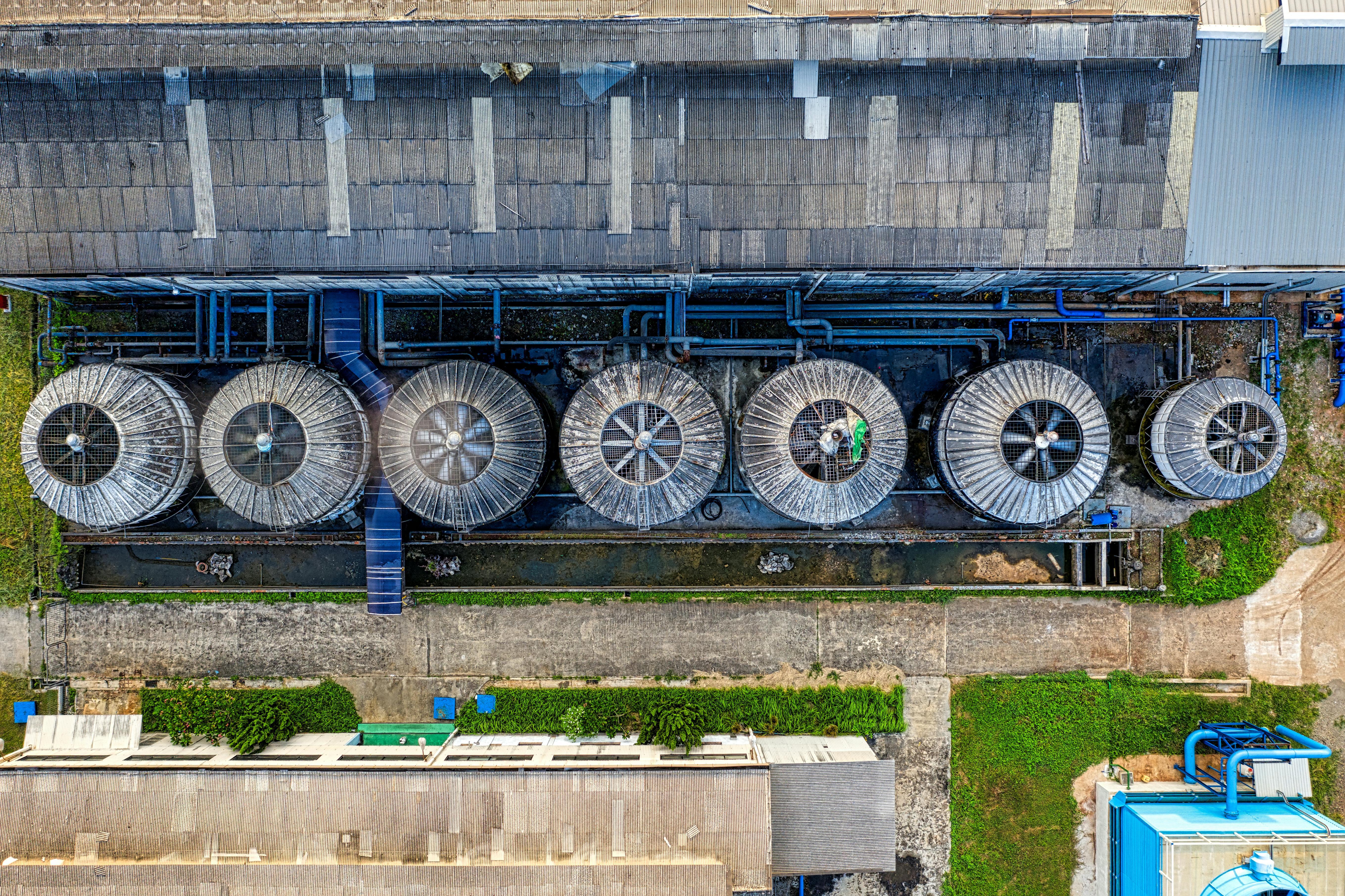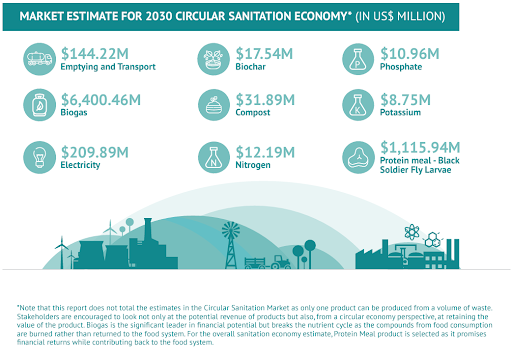Investing in climate-resilient sanitation and hygiene
An estimated 3.4 billion people – almost half the global population – live without access to safely managed sanitation, which has a significant impact in terms of methane emissions and climate resilience. Yet, sanitation is a valuable climate solution.
Sanitation systems and market-based solutions, including technologies, are largely ignored in Nationally Determined Contributions (NDCs) under the Paris Agreement on climate change, in national adaptation plans (for health and climate) and climate policies. Climate finance targeting sanitation systems and infrastructure is also very limited, even though it offers significant financing potential to complement current investments in the sector.
An easy win to reduce methane emissions - that can no longer be ignored
According to the Global Methane Initiative, untreated or poorly treated faecal waste is one of the largest sources of methane, the second largest greenhouse gas (GHG) driver of global warming with 80 times the warming power of carbon dioxide over the first 20 years after reaching the atmosphere.
Off-grid sanitation is of particular concern since it is predominant in high population density, high population growth LMICs. High emissions from on-site systems, which are used extensively in LMICs, are often under-estimated. In Kampala, Uganda, sanitation could for instance represent more than half of total city-level emissions.
By focusing on developing sanitation economies in LMICs, SHF aims to seize the huge, and largely untapped opportunities for the sector to contribute to reductions in greenhouse gas emissions. The sanitation economy offers the opportunity to shift to cleaner, more efficient household climate resilient sanitation technology options and treatment processes for excreta disposal and wastewater.
Removing and treating faecal waste quickly, maintaining infrastructure, carefully selecting technologies and proactively minimizing emissions through the sanitation economy can indeed significantly mitigate climate change.

Investing in climate-resilient sanitation economies to adapt to a deepening climate crisis
Climate-resilient sanitation and hygiene infrastructure are critical as a first line of protection against the spread of infectious diseases including cholera, especially during natural catastrophes and extreme weather events.
Without climate resilient sanitation , the effects of climate change – floods, water scarcity, droughts, and sea level rise – can indeed set back progress for billions of people For example, based on a recently published paper, recent cholera outbreaks in southern Africa can be traced to the cyclones and floods that hit Malawi in late 2021 and early 2022, carrying the cholera bacteria to areas it does not normally reach.
Investing in sanitation economies is investing in healthy and resilient societies: according to the African Union, every US$1 invested in climate-resilient water and sanitation returns at least US$7 in societal and economic gains through improvements in health, education, energy, food security, a healthy environment, gender equality, and sustainable development goals in Africa.
The potential of the circular sanitation economy
The circular sanitation economy, still nascent in many countries, offers significant investment potential with broad societal benefits including economic growth and reducing sanitation’s environmental footprint. It includes the systems that connect the biocycle, using multiple forms of biological waste, recovering nutrients and water, and creating value-adding products such as renewable energy (such as fuel pellets and briquettes), organic fertilizers and proteins.
Globally, in addition to accelerating efforts to achieve SDG 6.2 and unlocking billions of dollars worth of related services, incomes and growth, adopting a circular sanitation approach has the potential to unlock 3.8 trillion litres of human waste every year from toilets and sanitation systems for reuse in the wider economy for agricultural and energy purposes according to the Toilet Board Coalition.
As an example, the Ugandan circular sanitation economy market for emptying and transport has an estimated value of US$ 81.5 million in 2022, and the potential to reach US$ 144.2 million by 2030. In terms of resource recovery, the biogas market has the largest economic potential, followed by protein meal (black soldier fly larvae).
With an initial footprint in Kenya, Uganda and Nigeria, SHF works with countries and partners to support the development of circular sanitation economies, adding the economic benefits of job creation and activity created through every step of the circular value chain to improved environmental and climate outcomes.

Unlocking climate finance for sanitation
Today, global climate finance targeting basic (and climate-resilient) water supply and sanitation accounts for just 0.3 per cent of global climate finance investment. Climate finance offers a massive opportunity to improve access to financing for LMICs, especially for climate change adaptation, and in addition to continued investments in the sector. Climate finance can help support the development of innovative abatement technologies and the scaling of existing mitigation solutions within the sanitation sector.
SHF works with key partners such as the Green Climate Fund and the Global Environmental Facility to unlock climate finance in LMICs. SHF is also in the process of developing a Multi-Partner Trust Fund (MPTF) together with UNEP and UNCDF, which will offer a unique vehicle to secure climate financing for sanitation, hygiene and water security.
